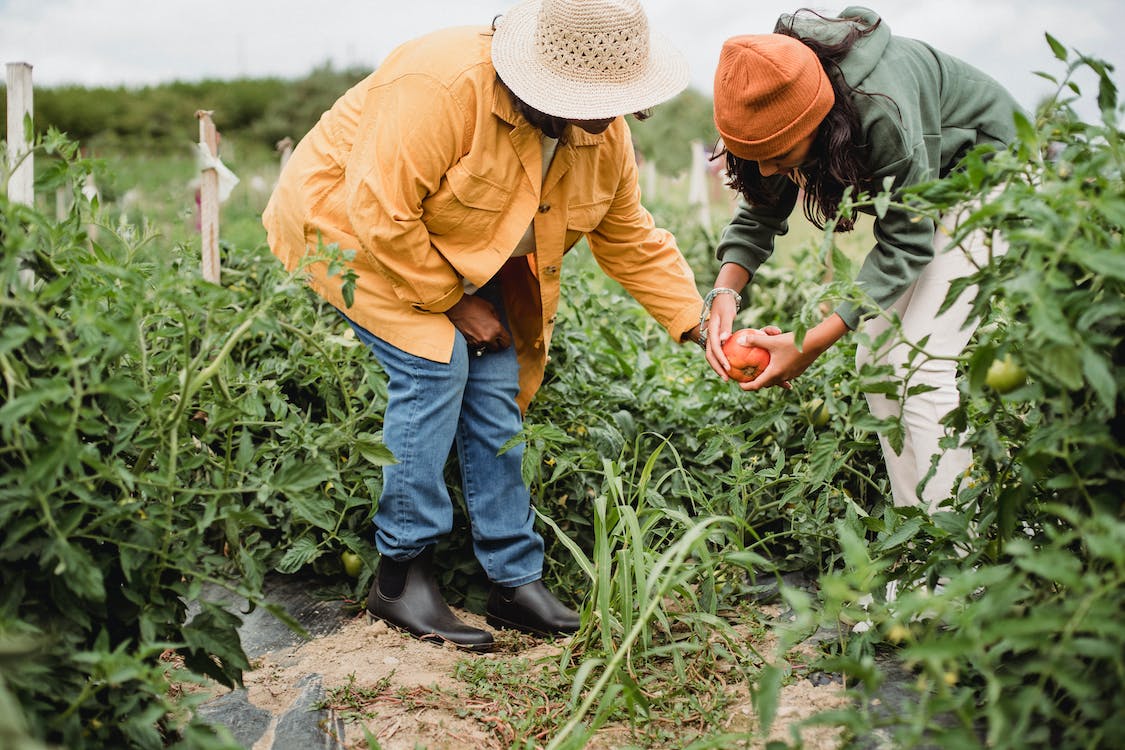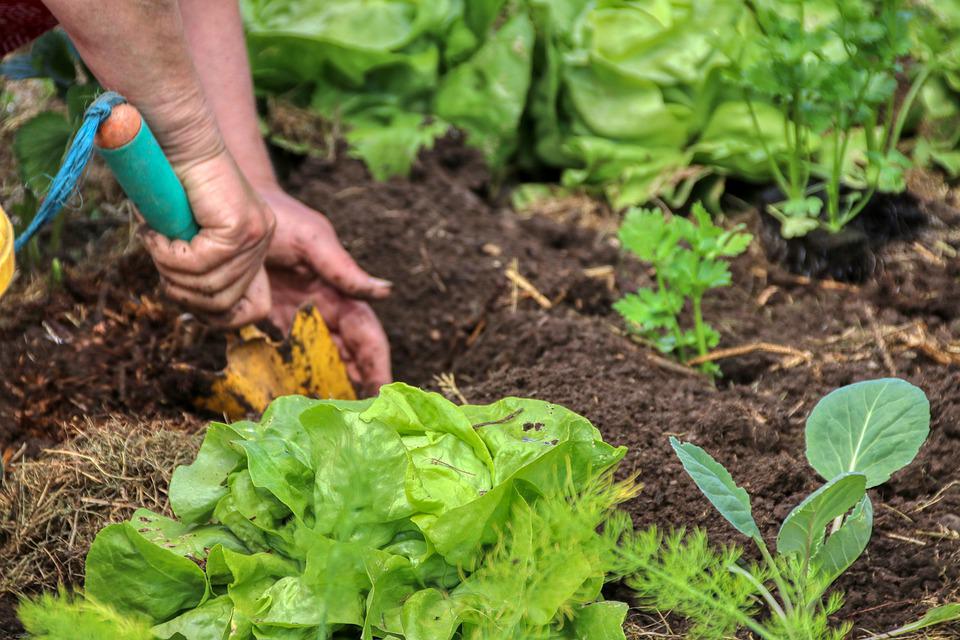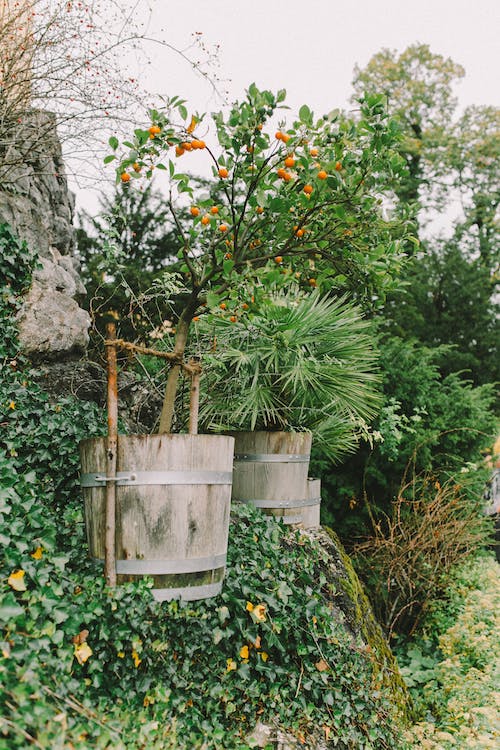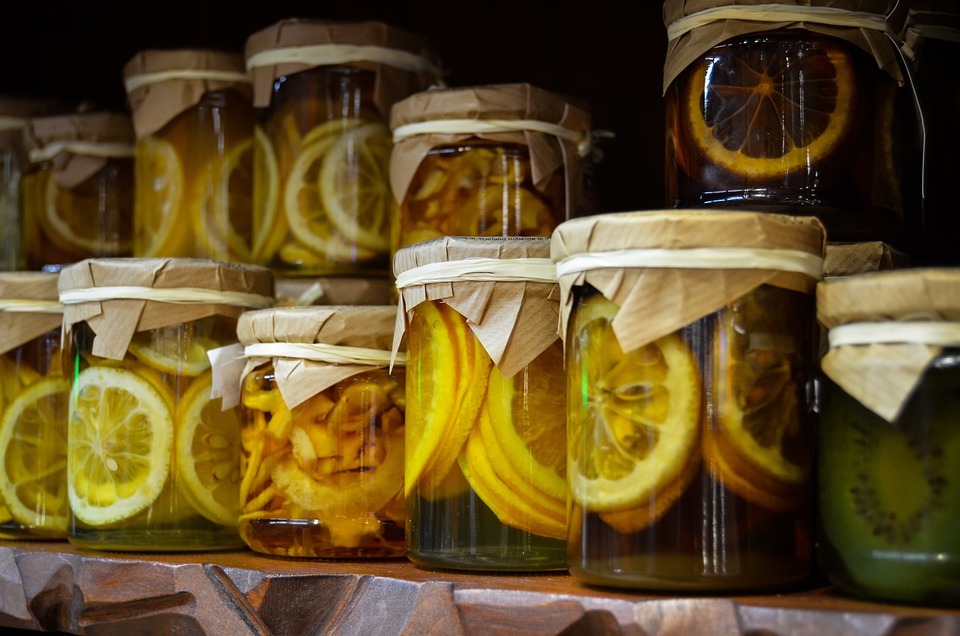Preppers and those planning to survive in a world devastated by a catastrophic calamity are aware that they must grow their own food. A survival garden is required to provide food for the family.
When you only have the food you grow, gardening takes on a whole new significance. Without a backup plan, such as a grocery shop or farmer’s market, you are dependent on what the land provides. Some people tend to overlook the significance of their garden’s size. You cannot get by with a modest backyard plot. You need to go big.
Your garden will provide you with food during the entire growing season. It must generate enough so that you can store the surplus for use during the off-season. Take note of the following gardening tips:
1. Planning Per Person
What your family consumes the most will have a significant impact on how much food you’ll need to plan for each individual. Some individuals simply dislike particular vegetables. Do not spend space or effort planting things that will not be appreciated.
You can use a variety of resources to estimate how much food each member of your family will need to survive if your garden is the primary food supply.
2. Prepare to cultivate your crops with restricted water resources
Plan carefully to cultivate your crops with limited water resources. Consider methods such as clay ollas (Growoya Vessels), terracotta plant watering stakes, self-watering raised beds, and utilizing gray water from the home.
Capture rainwater in barrels to water your delicate plants, or establish a series of swales to irrigate your trees, shrubs, and possibly your garden beds with runoff and retain the valuable water on your land.
Deep mulching enhances the soil surrounding fruit trees and bushes. Add a new layer of wood chips approximately every two years.
3. Plant crops deliberately
Plant crops with the idea of harvesting them during the full growing season. Asparagus, parsley, and fall-grown kale, spinach, and Swiss chard, for instance, are edible within a few weeks of the snow melting.
Honeyberries ripen in late spring, just before strawberries begin to produce, and black raspberries are then ready to be harvested. We have planted fruit trees that bear fruit throughout the growing season so that we have daily access to fresh vegetables.
4. Plant Heirloom Seeds
The open-pollinating nature of heirloom seeds ensures that the plants that emerge from them are constant from generation to generation. Other seed kinds of the same plants that are not particularly labeled “heirloom” may be hybrids, which means that while they will yield the same crop, the variety may not be consistent. This is how new plant varieties are developed: by breeding hybrid plants with their parent plants.
5. Designate Plants for Seed Conservation
Dedicate specific plants exclusively to seed production. Tomatoes are an exception in that the seeds can be extracted from the fruit prior to consumption; hence, you can still consume the crops from which you are storing seeds.
There are, however, other plants that cannot be consumed if their seeds are being saved. Such examples include pea and bean plants. In order to harvest seeds from these plants, you must allow their seed pods to remain on the plant until they are completely dry. The seed pods are the part of the plant that is often harvested and consumed first.
Obviously, if you leave the seed pods of a plant to dry up, you will not be able to consume the crop, but you can use the dried seeds for replanting the following season.
6. Include plants with therapeutic properties in addition to food crops
If you are designing a survival garden to prepare for a potential calamity, you may wish to include medical plants in addition to food crops. There are numerous plants with various therapeutic capabilities, so identifying which ones you may need to employ is a good starting point.
Ginger, which helps alleviate nausea, echinacea, which can be used to cure infections and some minor ailments, and garlic, which has antimicrobial characteristics, are examples of plants with medical properties that are suitable for a survival garden.
7. Consider Disease-Resistant Varieties
Nearly every plant that bears fruit is available in various kinds that have been developed to produce somewhat different fruit, survive higher or cooler conditions, or resist particular illnesses. When planning a survival garden, disease resistance may play a significant role in preserving the health of your plants.
When selecting a variety of plants, it is advisable to conduct a short search to see which diseases are most prevalent in your region. Once you have determined which plant illnesses to worry about, you can search for plant kinds that have been specifically designed to resist those diseases. Even while you may not always discover exactly what you are looking for, this is a solid starting point for preventing plant illnesses that can impair your production.
8. Apply companion planting
Companion planting offers a variety of benefits to gardeners, all of which have the potential to enhance your survival garden. Companion planting occurs when a plant is grown to enhance the quality of another, primary plant. As an illustration, you could plant flowers near your fruit garden to attract pollinators that will pollinate the fruit blooms.
Particular companion plants can directly benefit the primary plant by releasing certain nutrients into the soil, causing the primary plant to grow better and potentially yield more. When developing a survival garden, you must examine the demands and vulnerabilities of each of your core plants.
9. Plant Perennial Plants
Perennials are the backbone of a guaranteed survival garden. Perennials are plants that return year after year without needing to be replanted. They simply sprout each spring, full of life and ready to produce food, without your assistance.
Once established, perennials, particularly trees and shrubs, have vast root systems that make them more drought-tolerant and able to produce fruit under difficult conditions. Utilizing vertical space, trees can produce enormous quantities of fruit on a smaller area than a standard vegetable garden.
10. Harvest Preservation
Organizing your garden and cultivating your plants may appear to be the most important procedures, but preserving your produce may be equally critical. If you do not know how to preserve your crop, it is unlikely that you will be able to consume your survival garden’s produce throughout the year.
Even if you have an indoor garden that grows year-round, you will certainly have excess produce at some point. To avoid squandering your hard-earned food, it is essential to preserve it. There are a few significant methods for preserving your produce, all of them are simple to execute depending on your needs.
Final Reflections
Growing your own food is one of the most beneficial things you can do to be as prepared as possible for a potential emergency, although it is difficult to predict the future. And survival gardening is not only about being prepared for the worst. Growing adequate food for your household has numerous advantages. In addition to providing year-round nourishment, it supports pollinators, reduces your carbon footprint, and fosters a connection to your food source.







